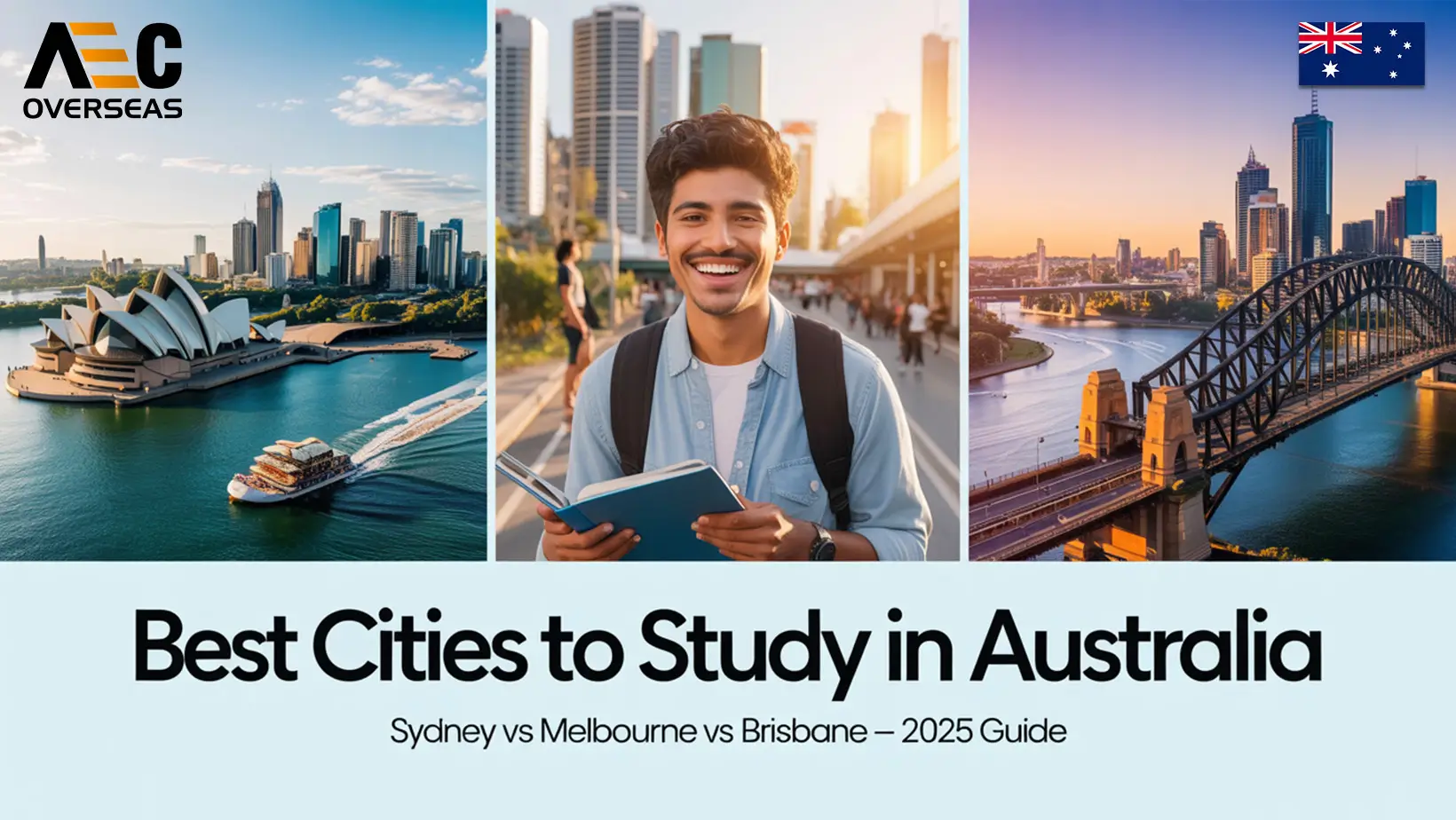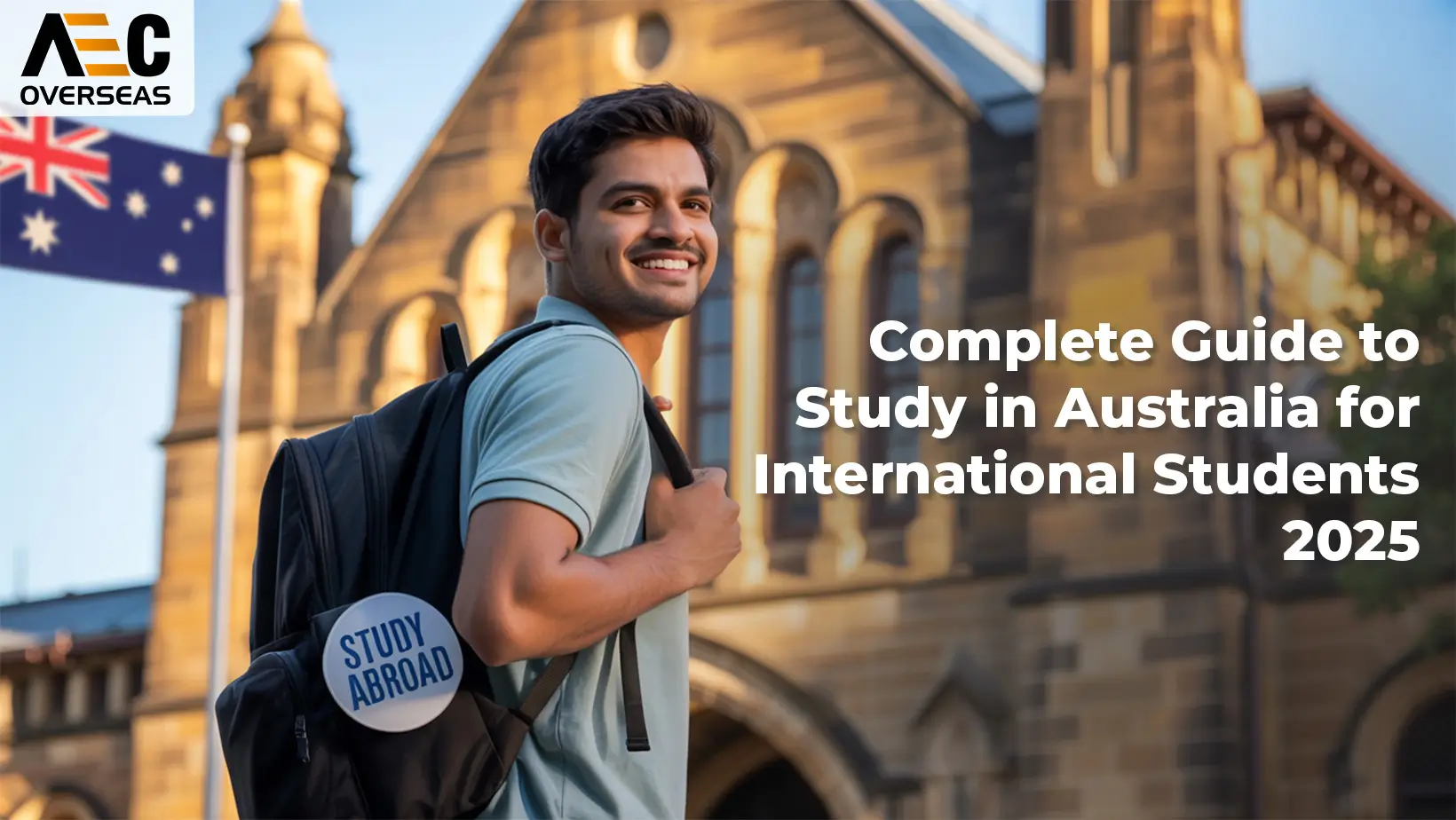Many international graduates arrive in Australia with dreams—not just of degrees, but of calling it home.
But navigating the PR (permanent residency) maze post-graduation can feel overwhelming.
This guide will map proven pathways from student life to PR in Australia, simplifying your journey.
Get Free Counselling on WhatsApp
Start ChatIf you want to study in Australia and stay long-term, you’ll want to know exactly how to transition to permanent residency Australia. Let’s break it down step-by-step.
Why International Students Want to Stay in Australia
Benefits of Permanent Residency
Securing PR in Australia opens the door to:
Ready To Study Abroad?
Speak to an Expert – 100% Free
- Work rights without restrictions.
- Access to Medicare, Australia’s public health system.
- Education subsidies for further study.
- Eligibility to sponsor family members.
- The pathway to Australian citizenship.
For many, PR means not just a visa status, but a secure future.
Growth in “immigration Australia students” Trends
The demand for PR among graduates is growing. More students are targeting PR-friendly courses in fields like IT, nursing, engineering, and trades.
Government data shows a steady rise in PR applications from former students, driven by skill shortages and the lifestyle benefits of living in Australia.
Pathway 1 – Graduate (Subclass 485) Visa Leading to Australia PR
Overview of the 485 Visa
The Temporary Graduate (Subclass 485) visa allows international graduates to:
- Stay in Australia temporarily after finishing their studies.
- Gain full-time work rights.
- Build work experience relevant to PR eligibility.
Work Rights and Duration
The 485 visa duration depends on your qualification:
- Bachelor’s degree: Up to 2–4 years.
- Master’s: 3–5 years.
- Doctorate: Up to 6 years.
How Subclass 485 Supports PR Applications
Time on a 485 visa helps you:
- Accumulate skilled work experience.
- Improve your points score for skilled visas.
- Secure employer sponsorship.
Pathway 2 – State/Territory Nominated Skilled Visas (e.g. 190, 491)
Eligibility Criteria
To apply, you must:
- Have an occupation on the state or territory skilled list.
- Meet the points test requirement (currently 65 points minimum).
- Receive a state nomination.
Meeting “Skilled Occupation Lists”
Choose a CRICOS-registered course linked to an in-demand occupation in your preferred state.
Examples include:
- Software Engineer – New South Wales
- Registered Nurse – Queensland
- Civil Engineer – Victoria
Advantages Over Other Pathways
- Priority processing for nominated applicants.
- Extra points for state nomination.
- The 491 regional visa can lead to PR via the 191 visa after 3 years.
Pathway 3 – Employer-Sponsored Visas (e.g. 482, 186) Post-Study
How to Secure an Australian Employer Sponsorship
- Target industries with skill shortages.
- Apply for graduate programs with PR pathways.
- Network through internships while on your student or 485 visa.
Transitioning from 485 to 186
- Work for your sponsoring employer for the required period (often 2–3 years).
- Transition to Employer Nomination Scheme (Subclass 186) PR.
Timeline and Typical Minimum Experience Requirements
| Visa Type | Required Experience | Leads To |
| 482 (Temporary Skill Shortage) | 2–3 years | 186 PR Visa |
| 186 (Direct Entry) | 3 years | PR directly |
Pathway 4 – Partner or Family-Sponsored PR
Eligibility for Partner/Spouses
If your partner is:
- An Australian citizen, or
- A permanent resident, or
- An eligible New Zealand citizen
- you may qualify for a Partner visa (Subclass 820/801).
Student Relationships Evolving into PR Pathway
Many students meet their partners during their studies.
After proving a genuine relationship (usually 12 months or more), this can be a direct route to PR.
Answering Common “People Also Ask” Queries About PR After Studying in Australia
How long do I have to stay in Australia after graduation to apply for PR?
There’s no fixed time, but most graduates use the 485 visa to stay and work for 2–4 years before meeting PR criteria.
Which visas let you work and count time towards PR after studying in Australia?
- 485 Temporary Graduate Visa
- 482 Employer-Sponsored Visa
- 491 Skilled Regional Visa
Is studying in Australia a fast-track to permanent residency?
It can be—if you choose a PR-friendly course and meet skilled migration criteria early.
What GPA or course type helps with Australia PR eligibility?
GPA isn’t a PR requirement.
Your course type and occupation on the skilled list matter more.
Step-by-Step Action Plan
Before Graduation
- Pick a CRICOS-registered course in a high-demand occupation.
- Target regions with state nomination opportunities.
After Graduation
- Apply for the 485 visa.
- Gain skilled work experience.
- Prepare for English tests and skills assessments.
Lodging PR Application
- Apply for 190, 491, or 186 based on your eligibility.
- Keep documents updated and respond quickly to immigration requests.
Study in Australia Success Stories
Priya – From Student to Skilled Nominated PR
Priya studied nursing in Melbourne.
She secured a 491 visa, worked in a regional area, and transitioned to PR in 3 years.
Ahmed – From 485 to Employer-Sponsored PR
Ahmed completed IT studies in Sydney.
A tech firm sponsored him on a 482 visa, leading to PR via 186.
Hiring Study Abroad Consultants: When and How They Help
How Consultants Assist with Immigration Australia Students Concerns
- Identify PR-friendly courses.
- Guide on visa eligibility and points improvement.
- Assist with state nominations and employer sponsorship.
Selecting a Reputable Study Abroad Consultant for PR Guidance
Look for:
- MARA-registered migration agents.
- Transparent fees.
- Proven PR success stories.
FAQs
What is the fastest visa pathway from study to permanent residency in Australia?
A Direct Entry 186 visa (if eligible) is the fastest, but few meet criteria immediately after study.
Can the Graduate 485 visa time count towards PR?
Yes, it allows you to gain work experience to boost PR points.
Do all degrees qualify for PR-eligible skilled occupation lists?
No. Only certain fields match the skilled lists.
How many points do student work hours contribute to a points-based visa?
Work hours alone don’t add points, but skilled work experience does.
Can I switch pathways if one visa application is refused?
Yes. Many students shift from skilled migration to employer-sponsored pathways or partner visas.
Conclusion
For international graduates, studying in Australia can be the first step to building a permanent future here.
From the 485 Graduate Visa to state nomination, employer sponsorship, and partner visas—there’s no single “best” path. The key is early planning, course selection, and strategic work experience.
Whether you dream of settling in Sydney, Melbourne, or a regional hub, understanding permanent residency Australia pathways ensures you’re ready for every opportunity.






